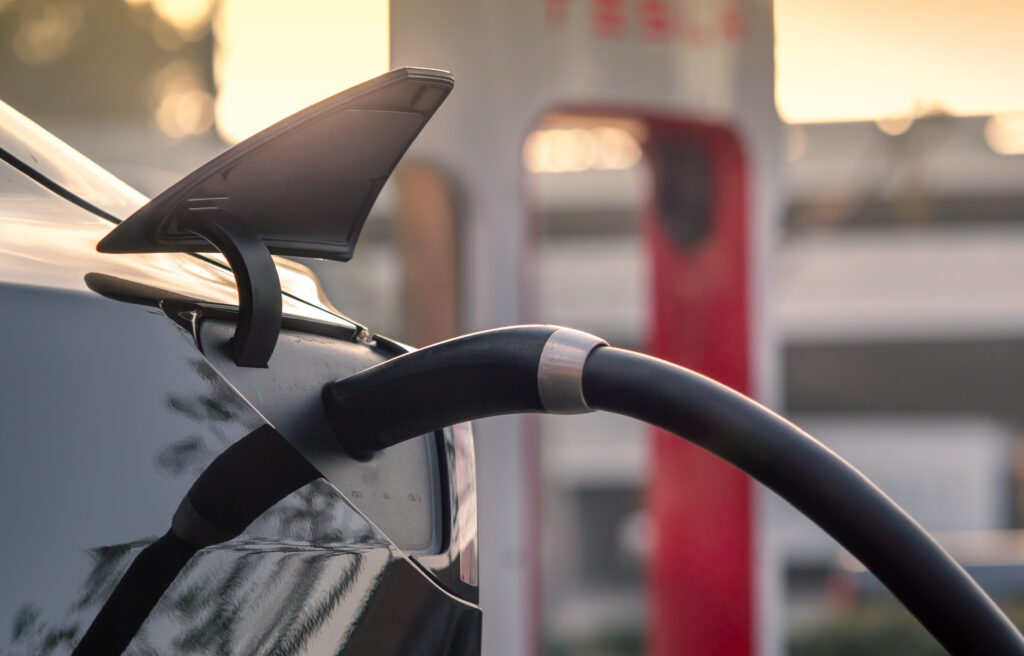Read More: https://www.raycap.com/the-future-of-electric-vehicles/
Moving to the future… since just after its inception several years ago, Tesla has been the global leader in the electric vehicle market. This is because the Tesla company began to solve the issues hindering sales of electric vehicles through both technology and styling. One of the primary reasons that electric vehicles did not sell well in the past was the amount of power they produced and the style they presented. They did not appeal to a broad market that wanted the look of a sports car or a luxury car. Tesla changed all that by styling the car in a way that would appeal to this demographic and create a more powerful vehicle that appealed to those looking for speed and performance.
This made the vehicles that Tesla produced come onto the radar of a group of buyers who typically avoided electric vehicles as underpowered and without style. Tesla also tackled the problem of recharging, which is still an issue in America, though not so much in Europe and other countries. Charging your vehicle meant plugging it in overnight at your home, or finding a charging station somewhere on the road.
Tesla created a nationwide network of charging stations that were almost exclusive to Tesla owners and allowed for an easy method for finding them when driving. They also created a more high-powered fast charging station called a “supercharging station,” which could deliver more than an 80% charge in less than 30 minutes. This made the vehicle less problematic compared to the typical gas station visit of 10 minutes or less.
Although it is not yet ideal, it is far more palatable for owners to wait a half hour over the more than an hour timeframe for other electric vehicle brands. Because of this success, the electric vehicle market grew, drawing the interest of those to whom conservation is important and style. This new market is moving closer to full adoption as the United States plans to develop a more widespread network of universal charging stations. This new generation of stations aims to deliver full charges in less than 30 minutes, equaling Tesla’s benchmark. If this can be achieved, it will open the electric vehicle market as a whole to most consumers.
One of the biggest challenges facing a more widespread rollout of supercharging stations is the larger footprint and more expensive equipment. In addition, the exposed nature of the stations makes them prone to lightning strikes, which pose a threat to both consumers in their cars while charging and the bottom line of the station themselves. To solve both issues, high-tech EV surge protection devices are being installed throughout these setups, reducing the risk to life and equipment at the same time. This makes the ownership of EV charging stations more appealing to the standard gas station owners and will help further the development of the EV market.

